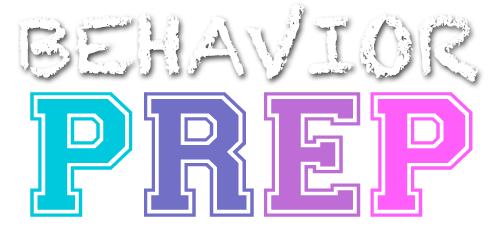G.7 Select and evaluate stimulus and response prompting procedures (e.g. errorless, most-to-least, least-to-most)
Selecting and evaluating stimulus and response prompting procedures involves choosing and implementing strategies to assist individuals in learning new behaviors or skills. These prompting procedures ensure errors are minimized (errorless learning) or corrected based on the individual’s performance level. Common prompting procedures include errorless prompting, most-to-least prompting, and least-to-most prompting. Evaluation ensures the effectiveness of the chosen prompting strategy in teaching the desired behavior or skill.
Prompting Procedures:
- Errorless Prompting: The individual is immediately provided with the correct response to prevent errors during the learning process.
- Most-to-Least Prompting: Start with the highest level of assistance and gradually reduce the prompt as the individual becomes more independent.
- Least-to-Most Prompting: Start with minimal assistance and increase the level of prompting only when the individual needs it. help.
Example:
A BCBA is teaching a child to identify shapes. The BCBA selects and implements the following prompting strategies:
- Errorless Prompting: The BCBA presents a triangle and immediately points to it while saying, “This is a triangle.” The child receives reinforcement after identifying the triangle correctly, with no chance for errors. The BCBA evaluates how quickly the child can identify the shape independently over time as prompts are gradually faded.
- Most-to-Least Prompting: The BCBA begins teaching by physically guiding the child’s hand to point at the triangle (most intrusive prompt). Over time, the BCBA reduces the level of assistance to just verbal prompts (e.g., “Point to the triangle”), and then no prompts as the child learns. The BCBA evaluates how well the child responds as prompts are faded.
- Least-to-Most Prompting: The BCBA asks the child, “Point to the triangle,” providing no initial assistance. If the child does not respond or makes an error, the BCBA provides a verbal prompt and, if necessary, increases to a physical prompt. The BCBA evaluates whether the child requires less prompting over time as they learn the correct response.
